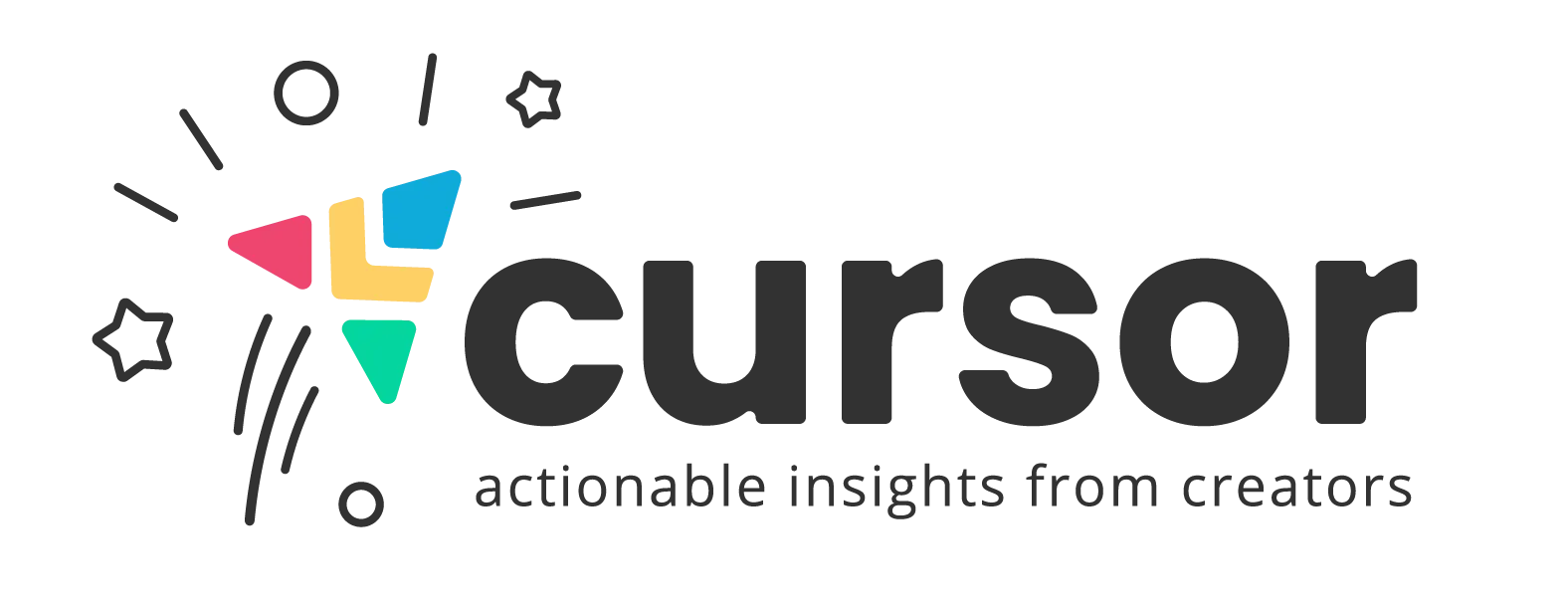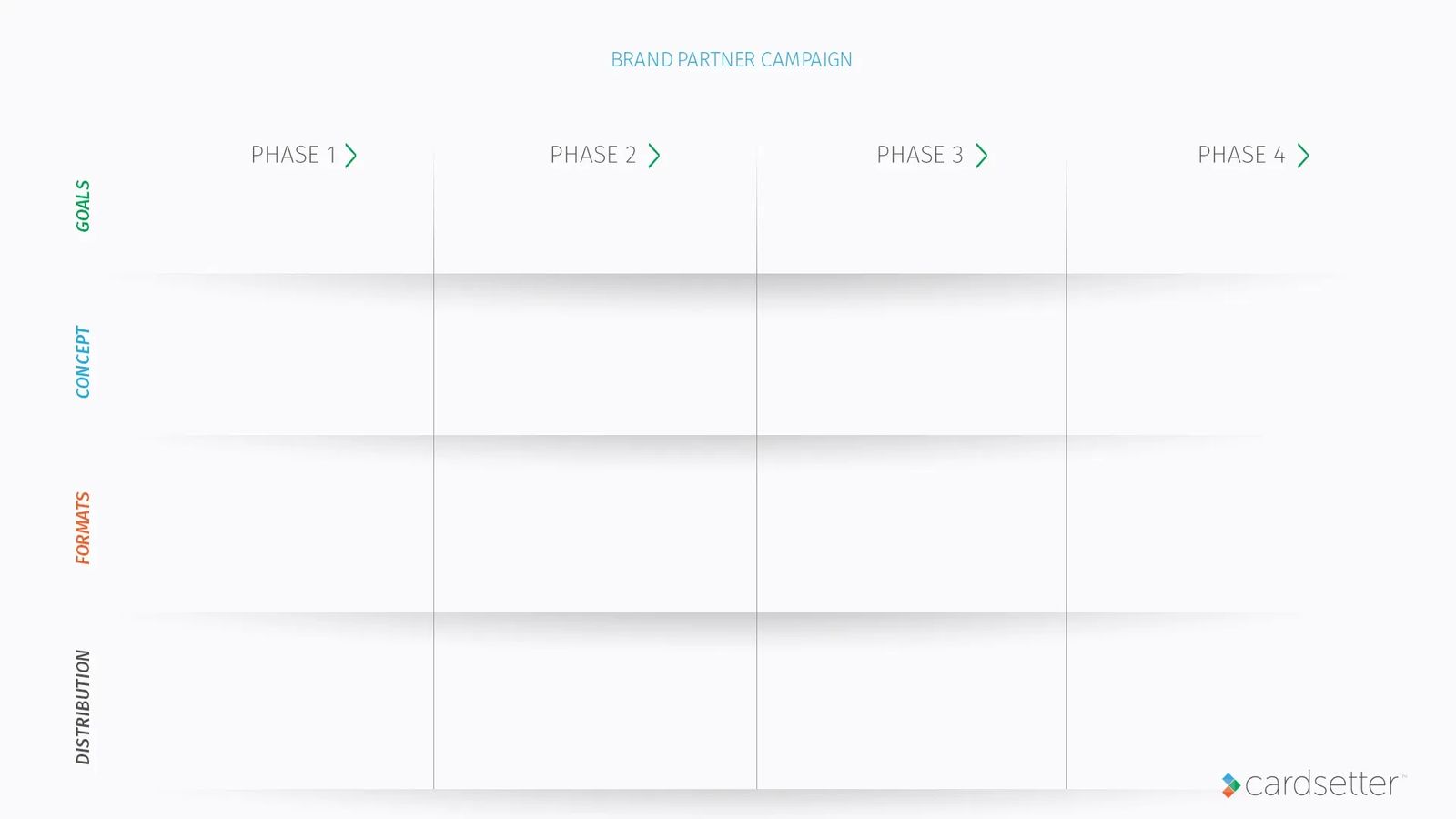
5 step guide to making money with your content and website
Do a Google search for "how to make money with your website," and you'll get a slew of listicle results - "7 Easy Ways to Make Money on Your Website," "30 Ways to Monetize Your Website," and more headlines that oversimplify the path to making money online.
"Sign up for affiliate programs!"
"Put Adsense on Your Site!" - "they," say.
If your reach is massive and your monthly page views are huge, these tactics might work for you. But in reality, most small and medium-sized publishers will struggle to make meaningful income with these tactics.
So, as an online content creator or digital publisher, how can you make money on your website?
You can do so by creating value for brand partners and advertisers and establishing lasting relationships.
It's not a quick or easy way; it is a sustainable way.
Step 1: Understand Your Audience
Who is visiting your website, liking your Facebook page, subscribing to your e-newsletter, and following you on Instagram? You've probably already got a clear view of who these people are - their demographics and behaviors; you know which content they visit most on your website. You use this info to make more relevant content for them, right?
Write out the a persona for your audience. Start with the demographics - age, gender, income, etc. Take it a step further by envisioning what this "person" thinks, what their hobbies are, and what they care about.
This exercise will help you:
a. develop content for your audience.
b. determine what types of brands and advertisers would align with your audience.
Step 2: Consider Your Content Formats
What types of content do you excel at creating efficiently? Do your Facebook videos go over well with your audience? Do you have an excellent readership of your blog posts? Is your Instagram account on fire?
Write them out. Give yourself a visual of all of the different formats that you can create.

📧 Subscribe to Cursor!
Actionable insights for creators, delivered monthly.
Step 3: Take an inventory of your assets
What are all of the ways that you communicate with your audience?
- Website
- E-newsletter
- Snapchat
- Podcast
- Mailing List
- More
Again, create a comprehensive list to reference.
Step 4: Prospect
What brands and businesses would want to reach your audience?
We know. It's not like you can go out and get a meeting with Nike if you're a small fitness blogger. But, you could seek out a small online sporting goods retailer or even a startup fitness apparel or equipment brand.
You can start local too! Your very own local or regional community may have businesses with a broader target market that aligns with the audience you reach. For example, if you have a food blog, you probably have businesses in your city or state that make spices or other types of ingredients that they sell online. Because of your shared location, these types of connections can be easier to make.
Seek out brands you would be proud to support, of course. The goal is to provide value all the way around, for your readers and your brand partner.
If you do score a meeting, take a consultative approach. Let the prospect talk about their business. Ask them about their goals (not just marketing goals; let it be broader than that). Find out what marketing strategies have worked for them so far. Through this conversation, you can also get some idea a target budget.
Put together a list of brands and businesses that align with your audience. Now, how can you get their attention - phone calls, emails, LinkedIn, Twitter? Decide on a strategy to reach out by researching your prospects. Use a medium that aligns with their preference. Craft a message that resonates with their brand and demonstrates how you can help them.
Step 5: Pull It All Together
Online publishers and content creators offer
Audience + Creative (Content) + Distribution
You have all of the necessary pieces to put together attractive offerings for brand partners.
Yes, they can spend money on Google and Facebook ads themselves. But, the smartest online publishers know how to create compelling, multi-faceted campaigns that provide value for their partners and revenue for you!
Put together a multi-channel, multi-format, long-term campaign.
Using the information you gathered from your meeting, develop a content plan for your potential brand partner.
The content should address their goals and designed to appeal to your audience.
And you should make use of a combination of your formats and assets.
Perhaps you start with a video sponsored by the brand or where you are showing off their product. And then, later, you incorporate the brand into a series of blog posts.
And all of this gets posted to your social media and sent to your email subscribers.
Further into the campaign, once your audience is very familiar with the brand you've been working with, you could offer a unique coupon code to your audience to encourage purchases.
Unless you are working with a brand that your audience is already familiar with, you won't want to do this on the campaign's front end. You want them to be "warmed up" to the brand before making an ask for a purchase.
If you have space for banner ads on your site include impressions for the duration of the campaign.
You can also allocate part of the campaign budget to ensure the content gets adequate reach. Consider boosting Facebook posts that link to the content to get more eyeballs on it (this is beneficial for your website and the advertiser).

Think through the marketing funnel and then think about how you can create content for your brand partner at each phase.

It can take 7 "touchpoints" with a brand before a person is ready to take an action with that brand.
If you can create a long-term strategy for your brand partner, it's more likely to be effective for their goals in the long run, making them more likely to continue working with you!
This may not be as "easy" as plopping in affiliate links and Adsense on your website, but you'll have lasting relationships that will benefit you, your brand partners, and your audience in the long-run.! You'll likely make more money too!
ProTip: If you're reading this and thinking, "I spend all my time managing my own content, how am I going to create all of this content for my brand partners?" remember that you can build in budget to help you hire freelance content creators to assist you where needed.




